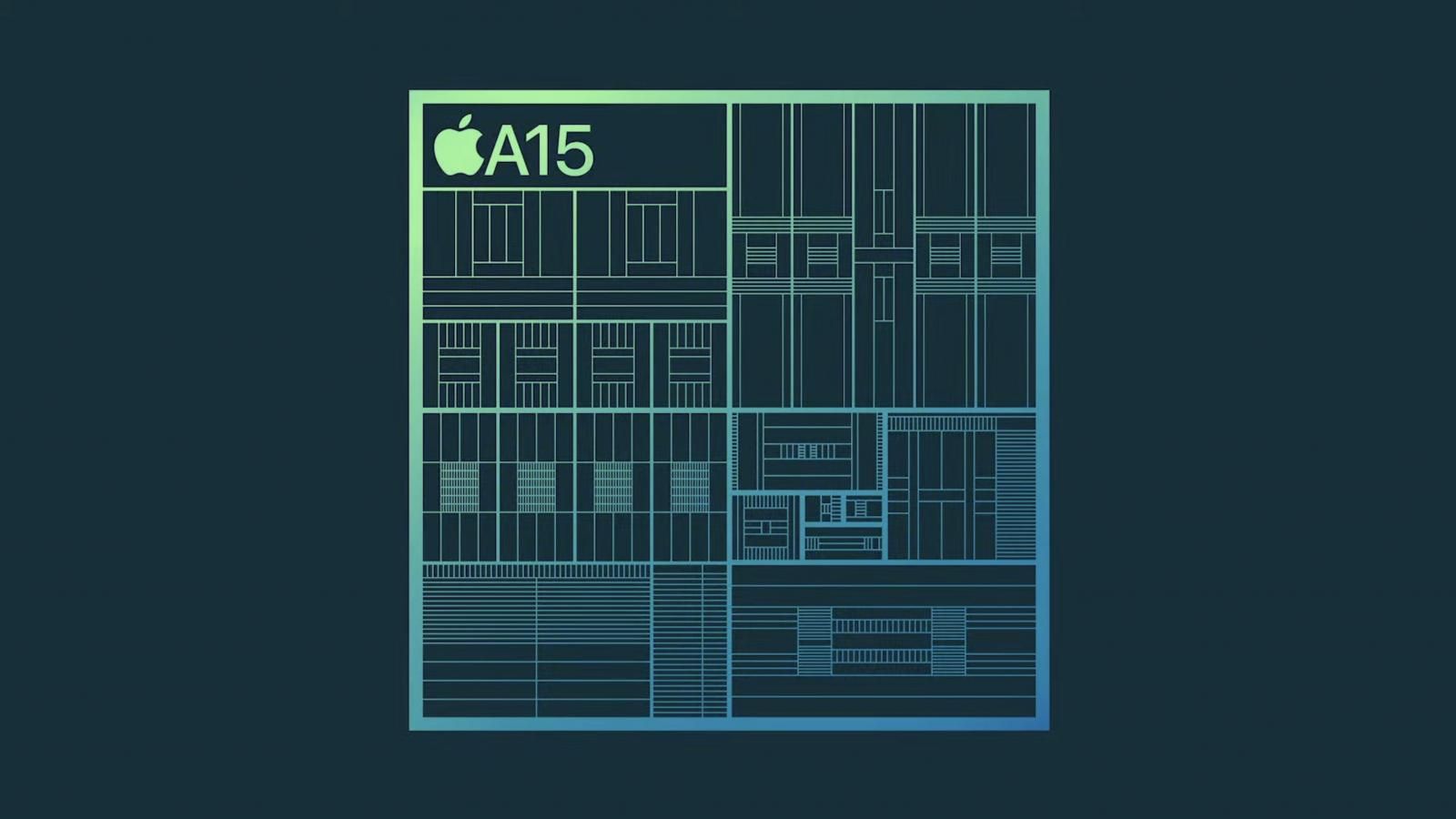Apple announced iPhone 13 series with its latest A15 Bionic chipset. Apple says A15 Bionic is a big improvement over the last generation’s already-fast A14 Bionic. Moreover, the company claims its A15 Bionic is 50% faster than the competition. Now that iPhone 13 is available for sale and has made it in the customer’s hands, folks over at AnandTech put the chipset through various tests and benchmarks to see if Apple’s claims are true or not. Quite surprisingly, it turns out that Apple’s latest A15 Bionic is even faster than what Apple claims.
“Compared to the competition, the A15 isn’t +50 faster as Apple claims, but rather +62% faster,” says AnandTech’s report. It says that the A15 Bionic’s larger cores are more power-hungry, however, they don’t use much energy. The report says that Apple has adopted a better 5nm+ architecture for high-performance as well power-efficiency cores. This allows for faster frequencies, and thus, better performance.
In addition, AnandTech claims Apple has increased the system cache to 32MB. For comparison, the A14 Bionic featured 16MB system cache, half of that of A15 Bionic. This doubling “dwarfs the competition” and is a “key factor in the power efficiency of the chip, being able to keep memory accesses on the same silicon rather than going out to slower, and more power inefficient DRAM,” says the report. Level 2 cache has also been bumped to 12MB.
As for the GPU performance, AnandTech says it’s “absolutely astonishing.” However, Apple falls short in the thermal management section. AnandTech calls Apple’s A15 Bionic thermal design to be “definitely amongst the worst out there.” It “doesn’t do a good job of spreading the heat throughout the body of the phone,” says their report. Despite the bad thermal design, iPhone 13 models are “still vastly faster and give out a better gaming experience than competitive phones.”
Via: AnandTech

